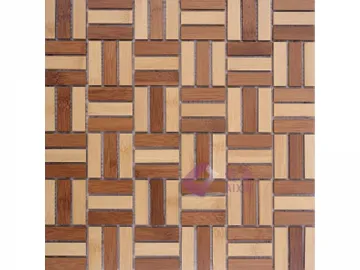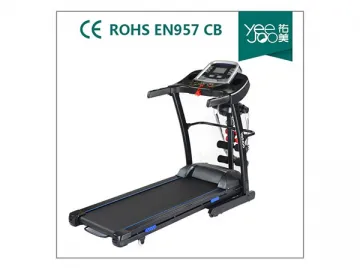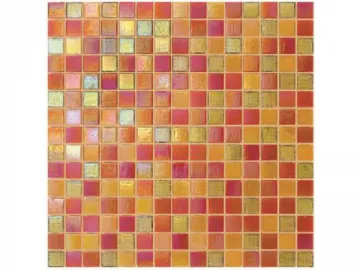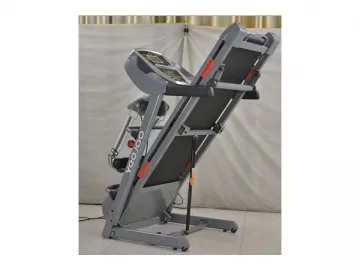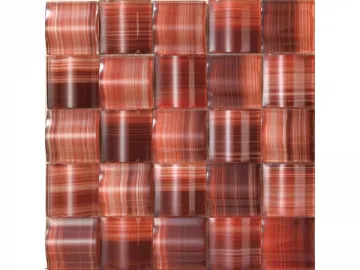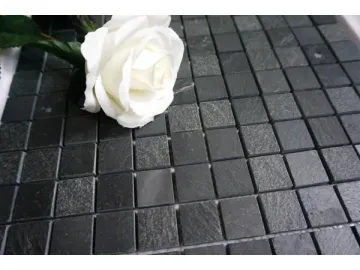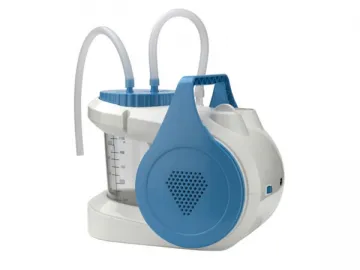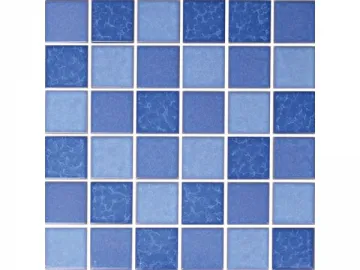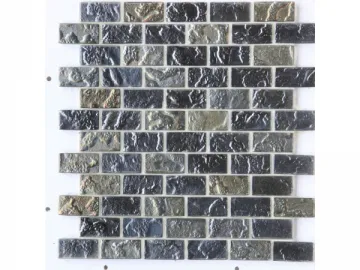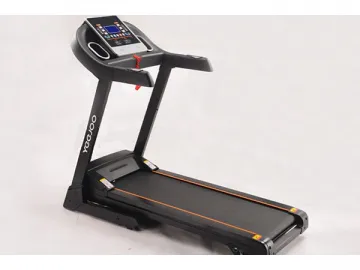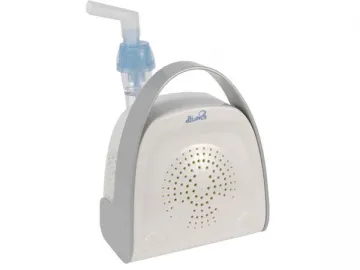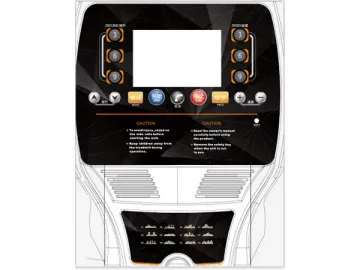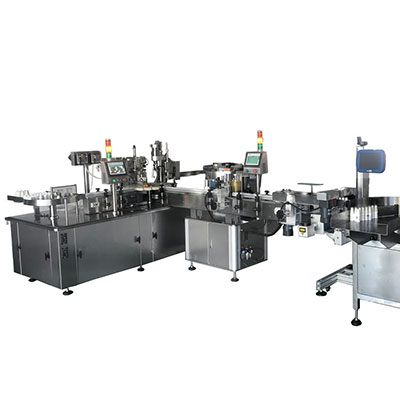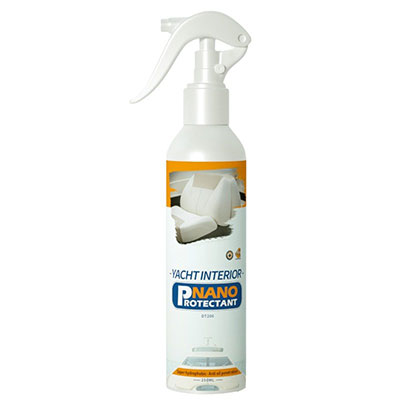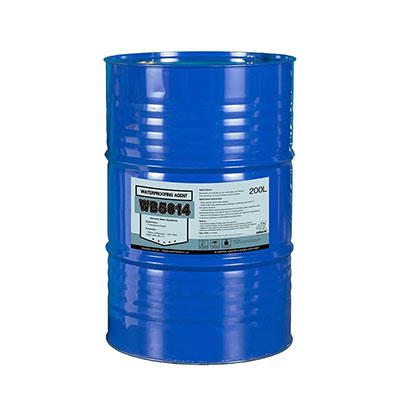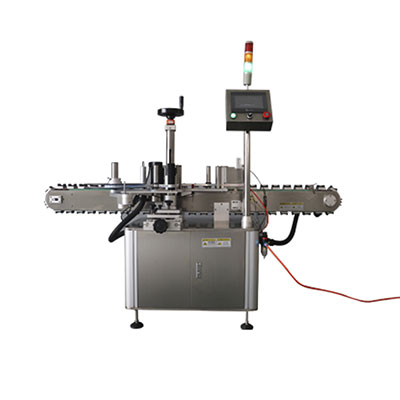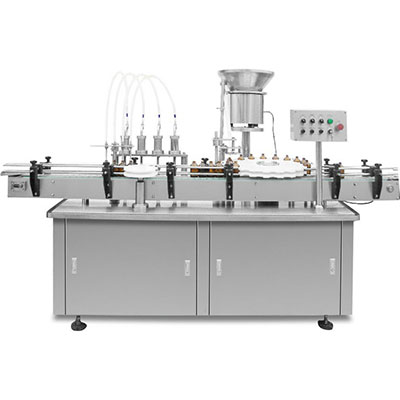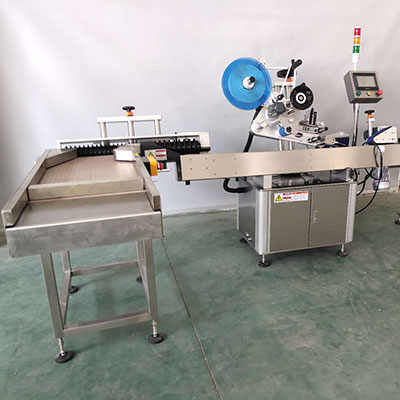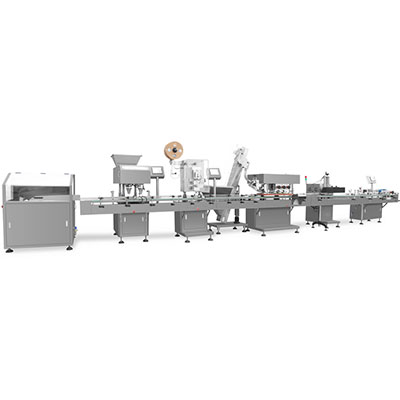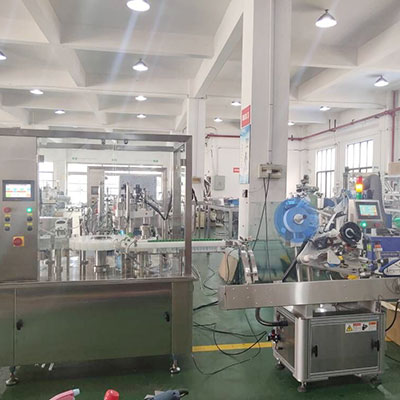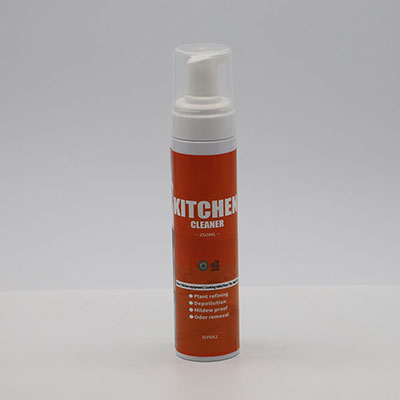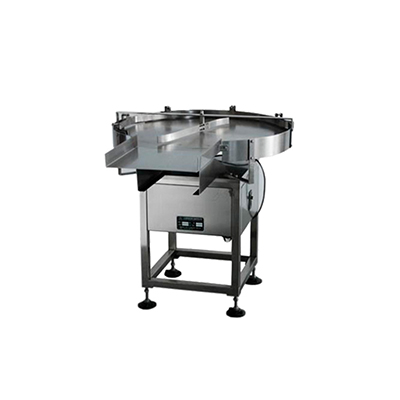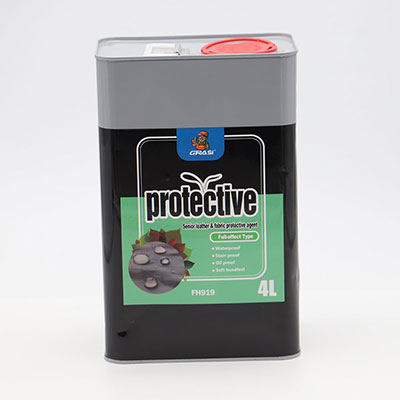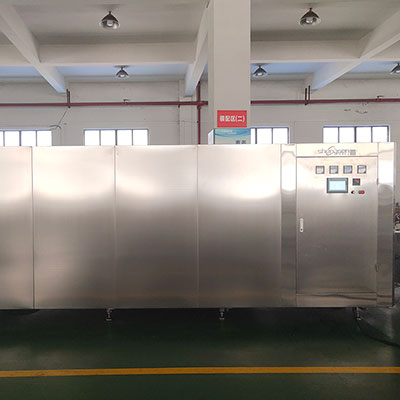Pressure Arc Screen
Pressure arc screen employs multi-stage countercurrent washing technique. It is a vital device in starch processing line to get the max starch yield and improve starch quality. It is also applicable in heavy-duty wet material screening occasions, such as screening, dewatering, cleaning, extracting, and solid separation, etc.
Technical Parameters
| Item | Single action | Double action |
| Angle of screen | 120° | 120° |
| Slot width | 50um 75um 100um 120um | 50um 75um 100um 120um |
| Production capacity | 34~46 (42~57) m3/h | 70~100 (85~115) m3/h |
| Pressure for feeding | 0.2~0.4 Mpa | 0.2~0.4 Mpa |
| Screen width | 585mm (710mm) | 585×2mm (710×2mm) |
| Screen radius | 762mm | 762mm |
Features of Pressure Arc Screen
Pressure arc screen is mainly consisted of frame, screen, and nozzle. Upper body of the screen is equipped with feeding and injection tubes. The nozzle is mounted on the injection tube along the tangential direction of the screen surface. Discharging ports are available on the lower screen body. As a core part of the pressure screen, the screen is welded or coiled from several wedge-shaped screen bands. Currently, most of the screens made in China are coiled type.
Coiled type screen is fabricated firstly by compressing the circular stainless steel wires (321 or 316) into wedge-shaped screen bands with special machinery, and then stringing them together with stainless steel bars (φ2-3mm). The bars are welded with the bands firmly. Polish treatment is given upon the screen surface. Most of the Chinese coiled type screens show uneven slot and bad smoothness.
Imported screens are generally welded type. The wedge-shaped screen bands made from rectangular stainless steel wires (321 or 316) are divided into thick (47#) and thin (30#) types. The bands are welded on the support bars on the back side with spot welding technique. The screen surface is given hydraulic scrubbing treatment to ensure the sharpness of the band edge.
Advantages of imported screens: the screen is smooth and easy to be cleaned; the screen band is sharp and won’t get blocked; the slot is of uniform width and little difference (width difference: ±4μm; uniformity: over 95%); the processing capacity of unit area of the welded screen is 20% larger than that of the coiled type
Main Parameters
a. Central angle of the screen surface: 120°
b. Radius of screen surface: 762mm; length: 1592mm
c. Screen width: 585mm; 710mm
d. Slot width: 50μm, 75μm, 100μm, 120μm, 150μm
e. Nozzle inner diameter:
slot width 50μm: 1/2 inches;
slot width 75~100μm: 3/4 inches;
slot width 120~150μm: 1 inch
f. Quantity of nozzle:
screen width 585mm: ≤4;
screen width 710mm: ≤5
Working Principle
Under the pump pressure, the materials injected from nozzle perform circular motion along the screen surface. With high flowing speed (20~24m/s), the materials gain powerful centrifugal force, which drives the small particles to penetrate the screen slog quickly. Besides, the sharp edge of the wedge-shaped screen bands cut the materials into thin pieces, and cause the particles and liquid phase to disperse uniformly. A cutting force is generated between the large and small particles so the materials are easy to get classified. At the same time, the uniformly-distributed liquid work to clean the screen and prevent it from getting blocked. Under the action of centrifugal and tangential forces, the thick solution with fine particles penetrates the screen slog and fall to the lower discharge port. The thick solution with coarse particles will be discharged from the upper discharge port. In this way, we separate the solution into 2 kinds of suspension with different grain size, separating two different materials effectively.
Precautions of Use
1. Users should choose the screen slog and nozzle diameter according to different separation purposes.
2. The direction of injection tube should let the materials be injected along the tangential direction of the screen.
3. It is suggested to insert the nozzle into the screen with a depth of 5mm.
4. The pressure for nozzle is adjusted upon the slog width and nozzle diameter.
5. Take care of the feeding direction for mounting the screens used with single side; for screens with double sides, users can turn in the direction according to the separation effect to lower the operating cost.
6. A little SO2 is needed for the water for washing fiber to prevent growth of microbe, which may bloke the screen slog; the screen should be cleaned regularly.
7. An exhaust vent is required on the back of the screen to exhaust the gas generated from the high-speed injection of materials. Above the filtered materials there should be a little negative pressure so the fine particles can penetrate the screen slog easily.
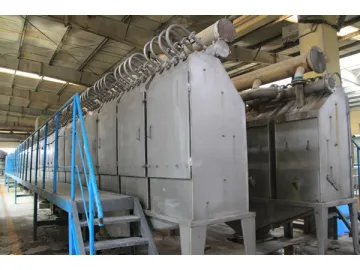
Links:https://www.globefindpro.com/products/52999.html
